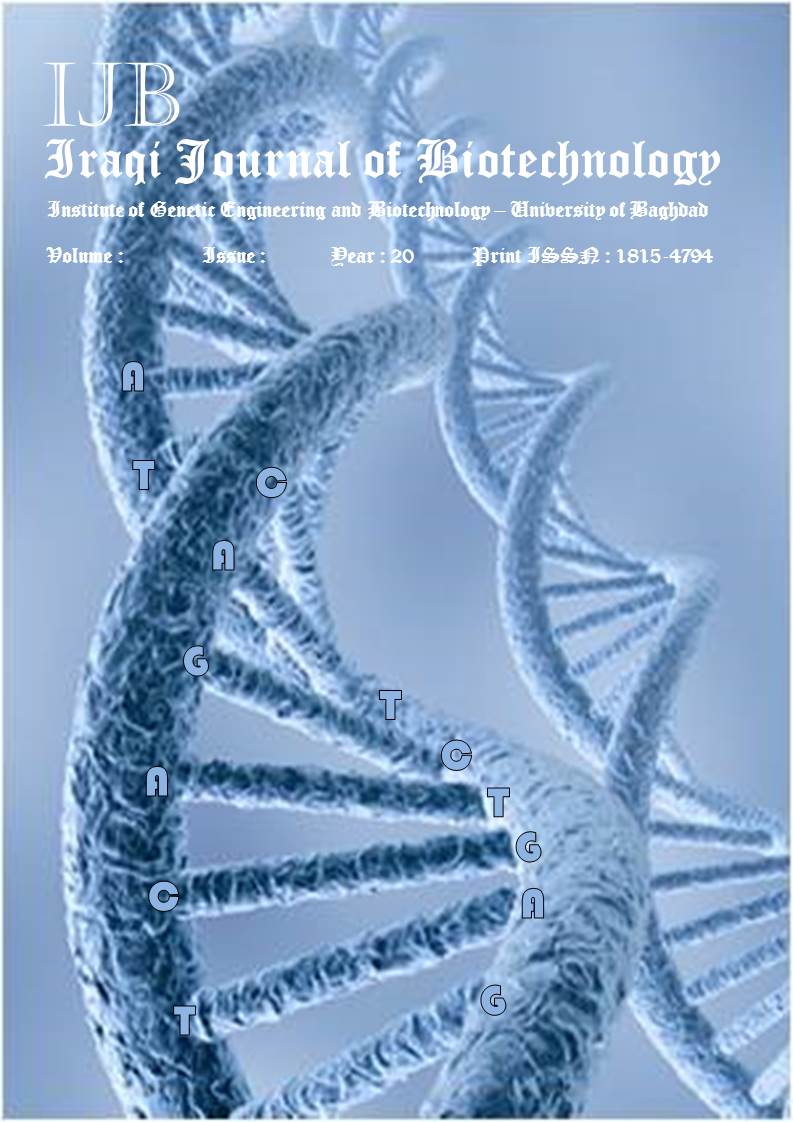Detection of Anti-HBc and HBV-DNA in Blood Donors Negative for Hepatitis B Virus Surface Antigen in Mosul Central Blood Bank-Iraq
Abstract
Though sensitive screening assays for detection of hepatitis B virus surface antigen (HBsAg) are available, occasional cases of post-transfusion hepatitis B virus infection (PTH) still occur. The present study was undertaken to assess the prevalence of anti-hepatitis B core (anti-HBc) positivity and presence of HBV-DNA in serum sample of healthy blood donors negative for both HBsAg and anti-HCV antibody in Mosul Central Blood Bank-Iraq. Since anti-HBc detection is mandatory in Iraq. Two thousands serum samples negative for both HBsAg and anti-HCV collected from healthy blood donors were tested for the presence of anti-HBc antibody. All samples positive for anti-HBc antibody were then investigated for determination of anti-HBc titre, anti-HBs titre, HbeAg and anti-HBe antibody by enzyme immunoassay (EIA). Every sample that tested negative for HBsAg but positive for anti-HBc alone or in with other serological markers was also examined for the presence of HBV-DNA by polymerase chain reaction (PCR). Two thousands samples tested, 20 (1%) blood samples were found to be positive for anti- HBc. HBV DNA was detected among 16 of 20 (80%) anti-HBc positive specimens. The mean level of viral load were 3500 copy/ml. Anti-HBsAg (50%), HBeAg (25%), Anti-HBeAg (30% v) were detected among anti-HBc positive samples. The liver function test results were all in normal range except in 4 of 16 HBV-DNA positive subjects. The mean levels of alanine aminotransferase (ALT) and aspartate aminotransferase (AST) in HBV-PCR positive subjects were 14 IU/l and 23.7 IU/l respectively. Anti-HBc antibody should be tested routinely on volunteers blood donors and if the sample found positive regardless of anti-HBs titre, the blood should be discarded.


